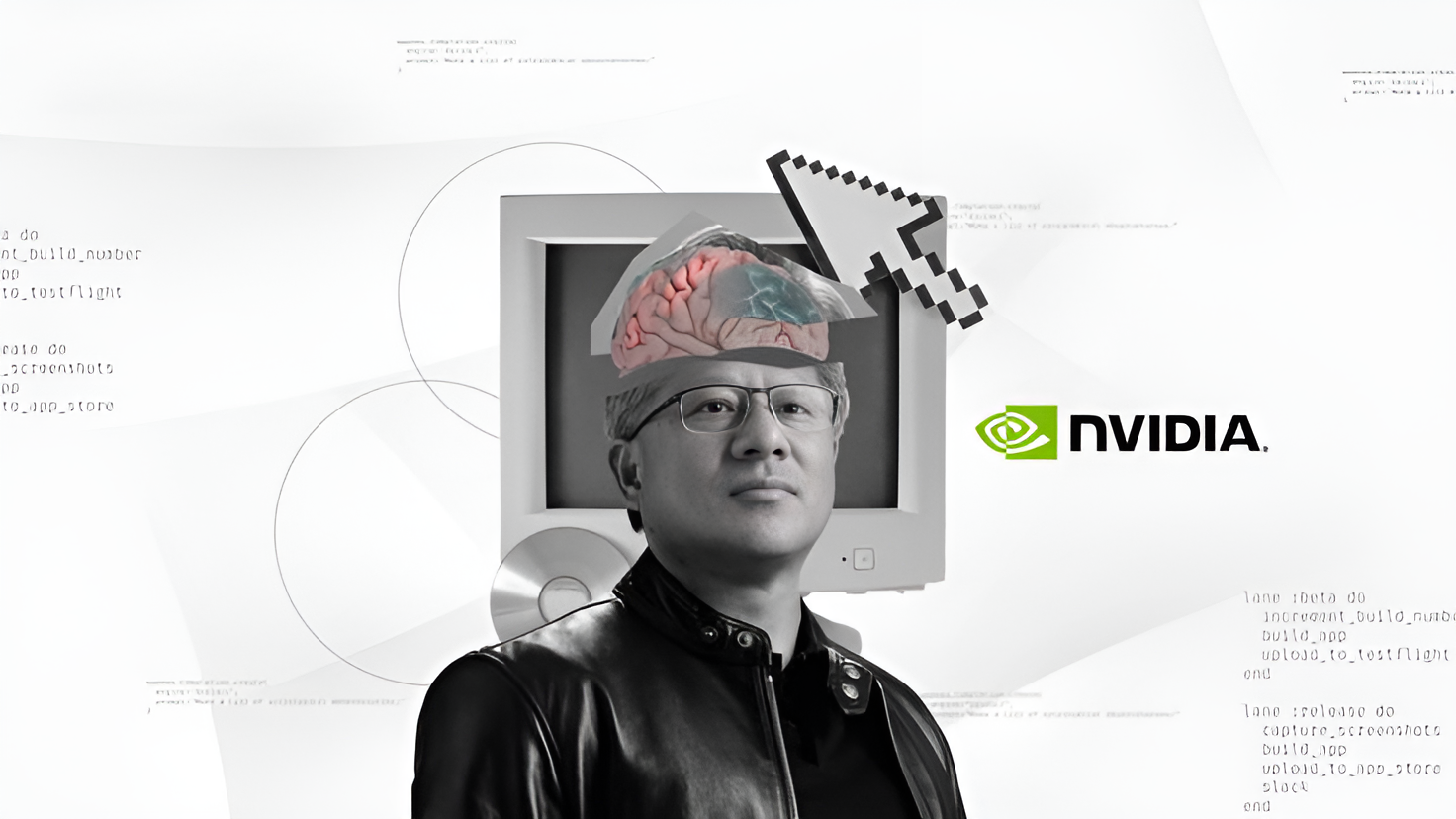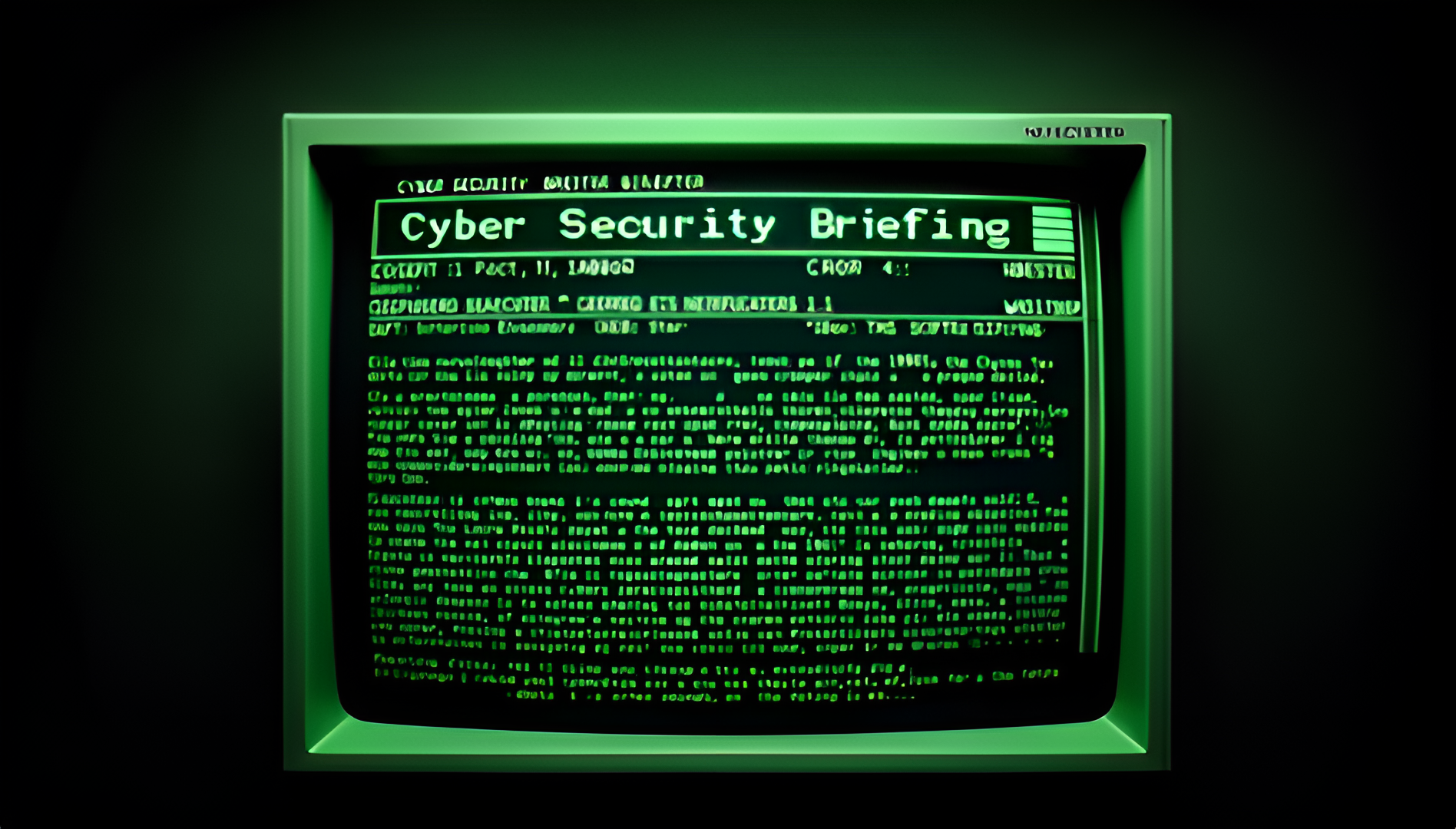Prioritizing data for post-quantum cryptography (PQC) Analysis Report
5W1H Analysis
Who
The key stakeholders involved are organisations and businesses that manage sensitive data, cybersecurity experts, cryptographic strategists, and technology firms involved in cryptographic solutions, such as HashiCorp.
What
The main development is the prioritisation and protection of sensitive data against threats posed by quantum computing through a strategic and scalable cryptography approach.
When
This strategy and focus have been highlighted in June 2025 as crucial, following advancements in quantum computing technology.
Where
This is a global concern affecting markets worldwide, notably in regions heavily investing in quantum computing and data security, such as North America, Europe, and Asia.
Why
The motivation stems from the need to protect sensitive data from quantum threats that can potentially break current cryptographic protocols. This is driven by advancements in quantum computing that pose new risks to data integrity and confidentiality.
How
The implementation involves developing a smart, scalable cryptography strategy that reviews current data protection methods and adapitates them for post-quantum security challenges.
News Summary
With the ongoing advancements in quantum computing, organisations are urged to prioritise the protection of their most sensitive data from quantum threats. A strategy that is both intelligent and scalable is recommended to prevent potential breaches that could arise when quantum computing becomes capable of breaking existing encryption protocols. This approach requires a comprehensive analysis of current data practices and the adoption of post-quantum cryptography (PQC) techniques.
6-Month Context Analysis
In the past six months, the focus on post-quantum cryptography has intensified with growing concerns about data security threats posed by quantum computing. Many tech companies and cryptography experts have advocated for increased research and resource allocation towards PQC solutions. Organisations involved in critical infrastructure and proprietary technology have ramped up efforts to reassess and upgrade their cryptographic defences as part of global cybersecurity initiatives.
Future Trend Analysis
Emerging Trends
The transition towards post-quantum cryptography solutions signifies an emerging trend of proactive adaptation in cybersecurity. Companies are expected to adopt cryptographic agility, allowing them to switch encryption protocols seamlessly as PQC algorithms evolve.
12-Month Outlook
Over the next 12 months, we will likely see increased adoption of PQC-ready solutions, further development of PQC algorithms, and potentially the introduction of regulatory standards for PQC. Stakeholders may announce partnerships and collaborations designed to fortify data against quantum threats.
Key Indicators to Monitor
- Development and release of new PQC algorithms and standards - Announcements of partnerships or collaborations in the technology sector - Changes in regulation and compliance requirements regarding cryptographic standards - Investments in research and development for PQC solutions
Scenario Analysis
Best Case Scenario
Organisations successfully transition to PQC, staying ahead of potential quantum threats and maintaining data integrity, resulting in strengthened trust and security across sectors.
Most Likely Scenario
Companies gradually implement PQC strategies, facing challenges as they adapt but ultimately strengthen their security posture in anticipation of quantum computing capabilities.
Worst Case Scenario
Failure to adopt PQC solutions leads to increased vulnerability to quantum attacks, resulting in significant data breaches and financial losses across industries.
Strategic Implications
Stakeholders should prioritise the evaluation of current cryptographic vulnerabilities and accelerate the integration of PQC methods. Collaboration among tech firms, governments, and research institutions will be crucial in establishing robust PQC frameworks. Monitoring regulatory developments and engaging in industry dialogue will help organisations remain informed and prepared for the shift.
Key Takeaways
- Organisations dealing with sensitive data must prioritise evaluating their data security strategies in light of quantum threats.
- The shift to PQC represents a crucial adaptation in cybersecurity to maintain data confidentiality and integrity.
- Monitoring advancements in quantum computing and PQC standards is essential for staying ahead of potential threats.
- Collaborations and partnerships across the tech sector will be vital in developing resilient PQC solutions.
- Adopting a flexible cryptographic infrastructure will be key to adapting to future encryption developments.
Source: Prioritizing data for post-quantum cryptography (PQC)





















Discussion